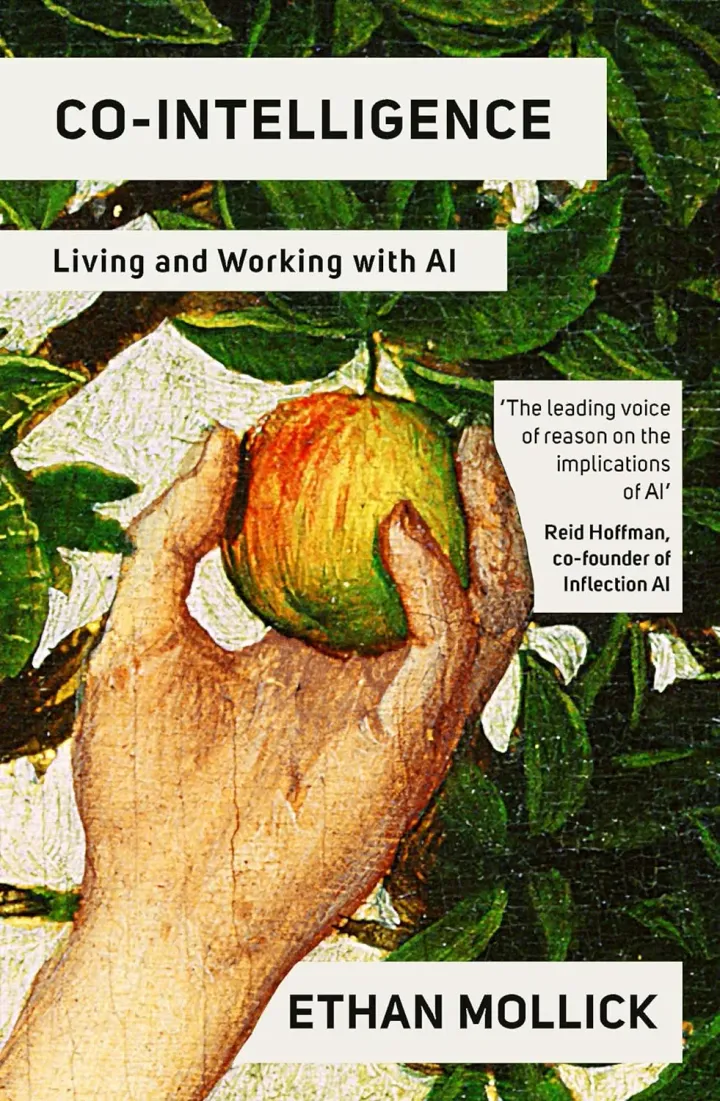Sam Altman on economic models for AI and what lies ahead

‘We’re at a moment there’s no question because we’re all using you know Sam’s product and other product products and going wow we’re having this incredible experience with an AI we really have not quite had this kind of interactivity before but we don’t trust it quite yet.’ – Marc Benioff
In the World Economic Forum’s Annual Meeting 2024, Sam Altman and other experts discuss the profound implications of emerging technologies, particularly Artificial Intelligence (AI), on society.
The conversation centers around maximizing its benefits, addressing potential risks and fostering a shared understanding and trust in AI.
Table of Contents
- Unleashing AI’s Potential Responsibly
- Understanding Human Tolerance Towards AI Errors
- The Indispensable Role of Humans
- ‘Digital People’ – A Growing Phenomenon
- Addressing ‘Hallucinations’ in AI
- AI Revolutionizing Drug Discovery
- Striking a Balance Between Regulation and Innovation
- Public Participation in AI Decision-Making
- Preventing Misuse of AI
- Trust: The Cornerstone of AI Adoption
- ‘Digital People’ Boosting Business Productivity
- Rethinking Economic Models for AI
Unleashing AI’s Potential Responsibly
Artificial Intelligence can significantly enhance productivity but it’s crucial to comprehend its limitations for safe usage.
Building trust in AI is imperative which requires users to understand how it functions.
However, explaining complex machine learning algorithms and neural networks can be challenging.
Understanding Human Tolerance Towards AI Errors
People are generally more lenient towards human errors than those made by computers.
For instance, self-driving cars need to be substantially safer than human drivers before gaining wide societal acceptance.
As AI evolves, it will likely become adept at elucidating its reasoning in natural language.




